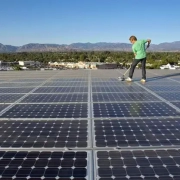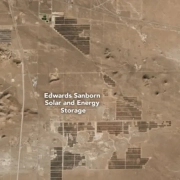For years, utilities have grappled with how to handle the ever-growing number of solar and battery systems trying to connect to the lower-voltage grids that deliver power to customers. That’s especially true for midsize projects like, say, a solar array that might adorn the roof of a multiunit apartment complex or a community-solar project that generates power shared by hundreds of dispersed customers.
On the one hand, utilities have eyed such projects warily, fearing that if the solar panels or batteries inject too much power onto local circuits at moments when electricity demand is low, it might cause grid instability or safety problems. As a result, utilities have thrown up barriers that have delayed or halted grid connections.
Click here to read the full article
Source: Canary Media
—
If you have any questions or thoughts about the topic, feel free to contact us here or leave a comment below.


